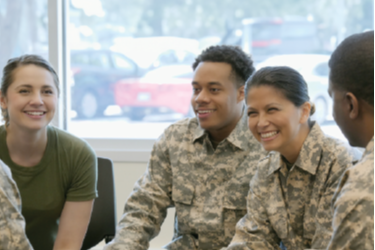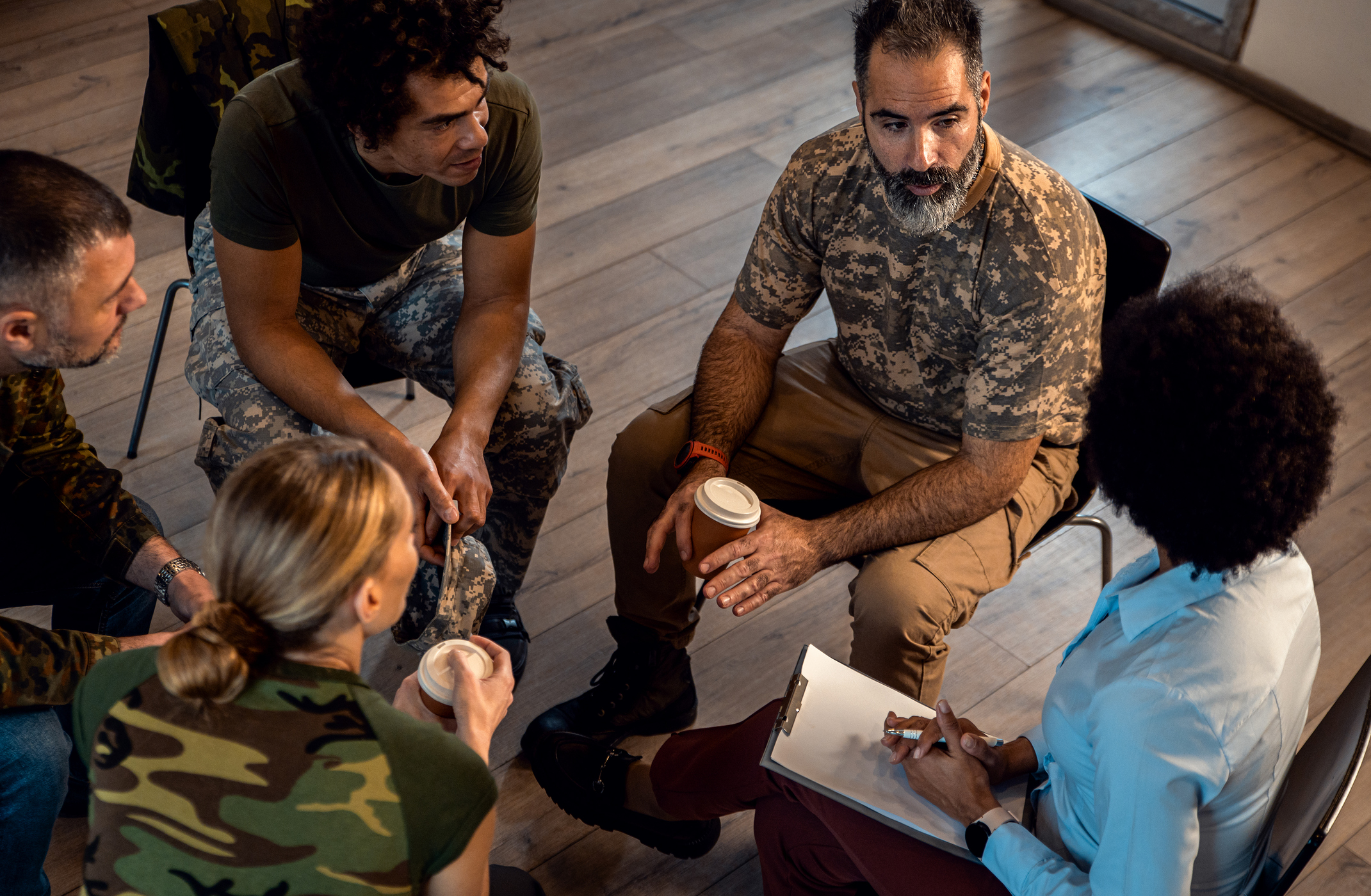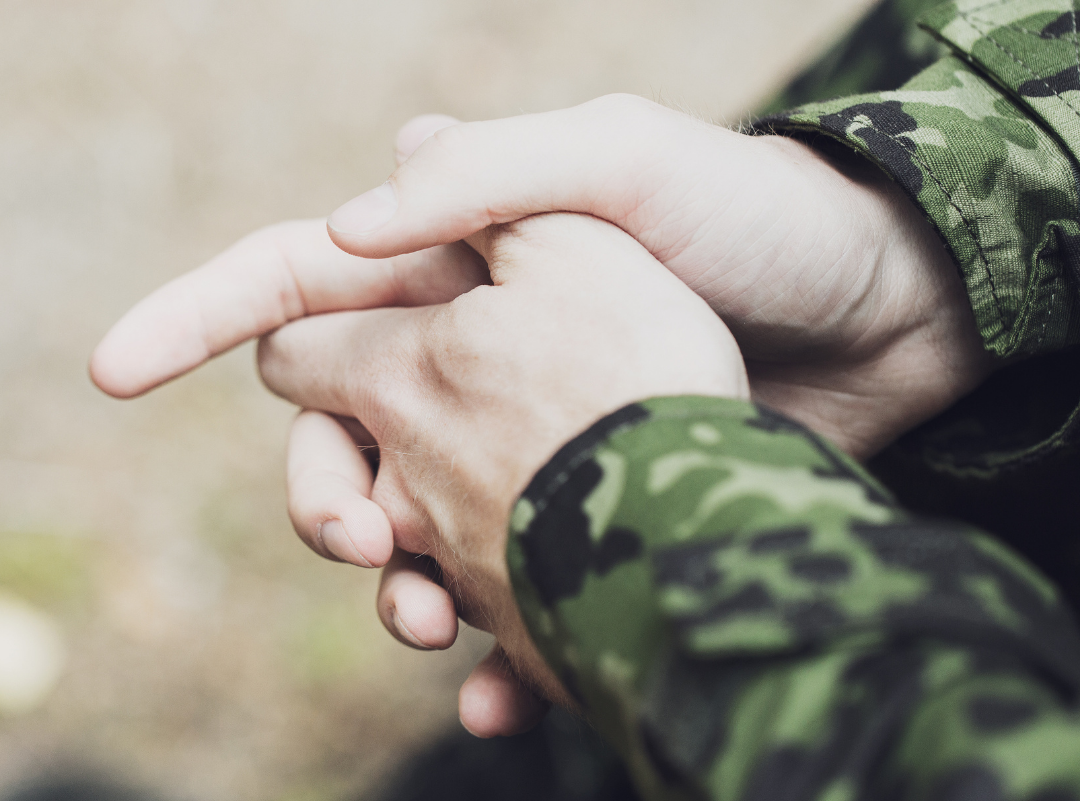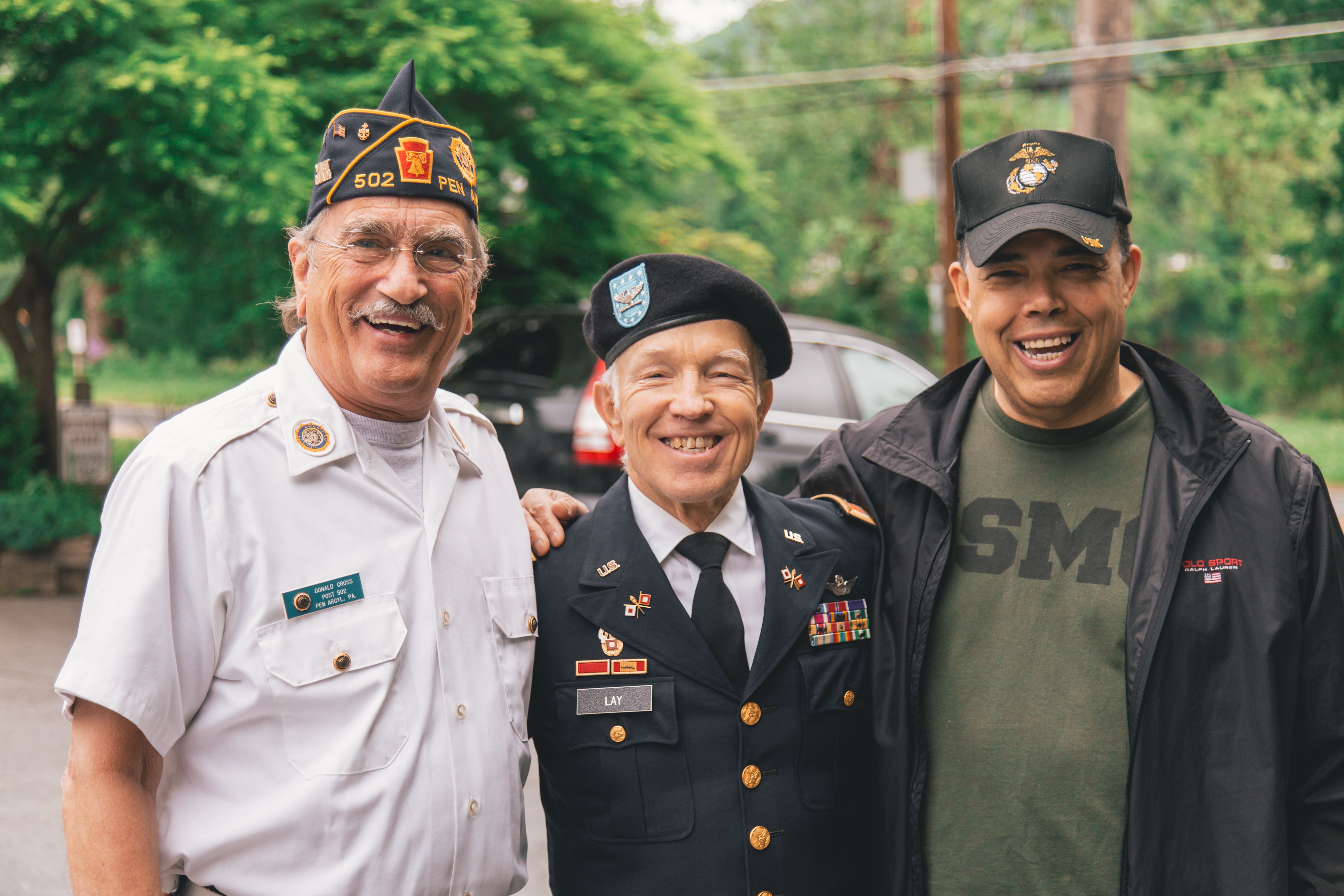OVERVIEW
Cognitive strength, resilience, agility and focus have become even more essential to military readiness in today's ever-changing global climate, drawing attention to mild traumatic brain injury (mTBI) as a significant health concern for active-duty service members (ADSMs).In collaboration with the Traumatic Brain Injury Center of Excellence (TBICoE) Naval Hospital in Camp Pendleton, California, this randomized clinical trial examines the effectiveness of two cognitive rehabilitation (CR) protocols: Strategic Memory Advanced Reasoning Tactics (SMART™) and Study of Cognitive Rehabilitation Effectiveness (SCORE).- SMART: Developed and tested by BrainHealth researchers and other teams over three decades, SMART is Center for BrainHealth's proprietary methodology, teaching science-backed techniques that prime the brain, calibrate mental energy, reinforce strategic thinking and ignite innovation.
- SCORE: An independent research-based cognitive intervention, SCORE combines compensatory strategy training with computer-based Attention Processing Training (APT-3) to support cognitive recovery and improve functional outcomes.
*The Test of Strategic Learning (TOSL), developed at Center for BrainHealth at The University of Texas at Dallas, was designed to evaluate complex information-processing abilities that are essential to effective and agile synthesis of incoming information. Participants read an approximate 600-word text and then perform three tasks: (1) summarize the text to capture the high-level ideas conveyed (abstraction and synthesis), (2) generate multiple interpretations or “take-home messages” (fluency of higher-order interpretations), and (3) recall key details from the text (complex memory). The TOSL’s structure allows researchers to examine two levels of information processing, i.e., both abstracted gist-level and complex memory performance. The TOSL has a manualized scoring system that tallies abstracted ideas, high-level synthesis and interpretations and accurate key points of detail-level responses. Alternate versions of TOSL were administered at each timepoint to minimize practice effects.

Figure 2. The figure demonstrates mean cognitive change (± SE) for SCORE and SMART from pre-training (1) to post-training (2) and 6-week follow-up (3). Group × Time interactions: SMART group improved more than the SCORE group from T1→T2 on TOSL Synthesis and *TOSL High-level interpretations. Main effects of time: TOSL Complex Memory and VSL Trials 2 & 3 rise significantly from T1→T2 and T1→T3 for both groups.





